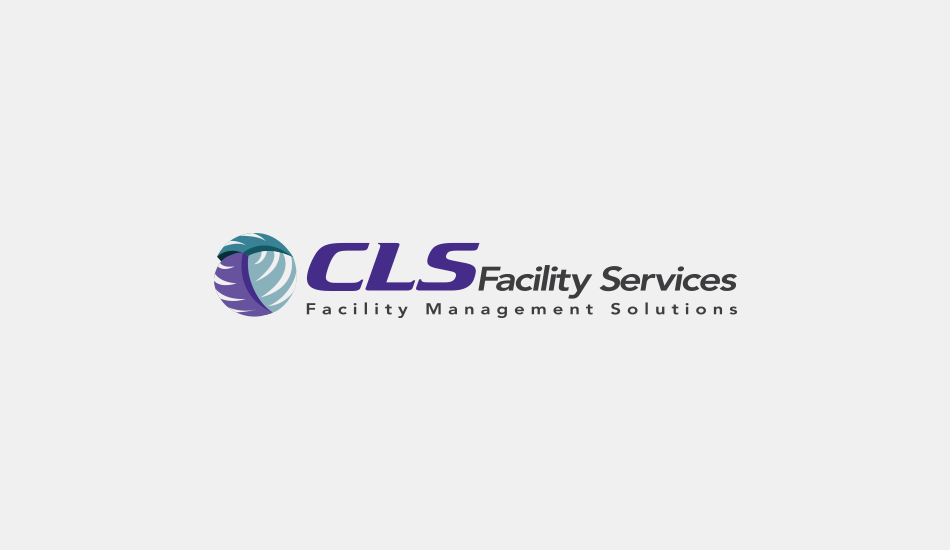In our last post, we highlighted HVAC cloud EMS as an indispensable tool for keeping repair and replacement costs in check, avoiding disastrous downtime in stores, and managing energy costs.
HVAC cloud EMS is also much more affordable than you might think. In fact, the cost of the HVAC cloud EMS we sell here at CLS Facility Services is equivalent to the approximate cost of a programmable commercial thermostat, or the cost differential between a standard and emergency service call. Take your pick; either way, it’s an extremely manageable first cost that can save you big dollars down the road. Our EMS product is used to control and reduce the cost of operating your buildings. It is designed for multi-site businesses with ten to ten thousand locations. Simple and economical to install and operate, and the return on investment is typically less than a year.
Now, let’s look at what HVAC cloud EMS is comprised of, how it works, and how this saves you money and headaches.
In a brand-new HVAC system, the air that passes across the cold coil and moves down the ductwork should be between 55 and 58 degrees Fahrenheit. Typically, residential and retail thermostats are set between 70 and 72 degrees. By the time this air emerges from the ductwork, it might have heated up to 62 or 64 degrees. Once the thermostat indicates an ambient temperature of 72 degrees, the unit shuts off.
CLS’s HVAC cloud EMS is comprised of a thermostat, a probe/sensor, and a control box. The probe is placed within the ductwork close to the coil, thermostat in the proper location within the building, and everything is connected to the controller. Reporting via the internet is constant, and can be viewed by anyone approved from your office.
From there, what’s measured is the difference (or delta) between the temperature of the air through the HVAC system, and the ambient temperature in the space being cooled. A plus-or-minus 15 degree delta is a normal, so if the temperature coming in says 58 degrees, and the temperature in the store says 70 degrees, then everything is running correctly. When that delta starts shrinking, that signals that something may be wrong with the unit. The unit may be blowing 65-degree air, and your store is still comfortable at 70 degrees, but the unit is working longer and harder.
Why is that? At this point, we still don’t know. It could be that something is clogging the filter, so it’s not getting enough air. It could be that the coil is dirty. It could be a refrigerant leak. But something is interfering with the proper operation of the unit, because the air coming over the coil should not be 65 degrees
Thanks to HVAC cloud EMS, you now know this up front, and you can take action. With HVAC cloud EMS, you can set your system to email trigger alerts at specified levels – for example, anytime the delta gets below 10 degrees, an email is sent to you.
So, instead of waiting for a catastrophe happen, you can be pro-active and dispatch your HVAC provider to investigate the problem. And, you can schedule that as a regular – not emergency – service call. That difference alone pays for the HVAC cloud EMS unit.
If you have any questions about CLS’s Cloud EMS, or all other CLS services, please call us at 800-548-3542.
To read our last installment of this series, HVAC Cloud EMS Monitoring and Reporting Capabilities, click here.




